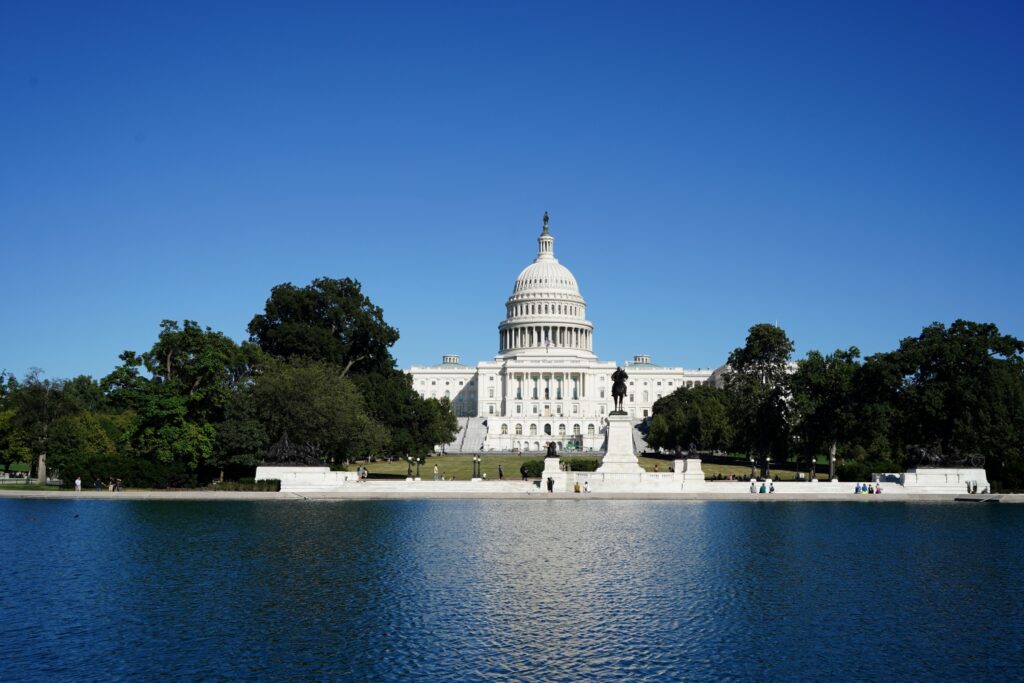The Brain as Economic Infrastructure
Cognition is one of the most valuable forms of capital. Our ability to work, learn, care, and innovate relies on brain function and the natural variations in how brains process, communicate, create, and adapt. From learning and problem-solving to decision-making, supporting everyone’s brain health—across all neurotypes—determines our collective capacity to participate in society, contribute to the economy, and age with dignity.
This signals the rise of a New Brain Economy: an economy where learning, memory, focus, speed, and emotional regulation drive workforce sustainability and generational wealth.
But like all forms of capital, brain health is inequitably distributed.
Brain Health Disparities: A National Crisis Rooted in Inequity
Cognitive decline and dementia disproportionately affect certain populations in the United States.
- About 200,000 Americans are living with younger-onset dementia (diagnosed before age 65).
- Biological females at age 45 face a 1 in 5 lifetime risk for dementia, while biological men have a 1 in 10 risk.
- Fifty percent (50%) or more of Individuals with Down Syndrome will develop dementia as they age.
- Latino/a/e/x and Hispanic individuals are 1.5 times more likely than non-Hispanic white individuals to develop dementia.
- Black Americans and African Americans face nearly double the risk of dementia compared to non-Hispanic white peers.
- American Indian and Alaska Native older adults show high rates of dementia-related risk factors—yet are drastically underrepresented in research and care access.
- Asian American and Pacific Islander (AAPI) communities are often aggregated in data reporting, masking subgroup differences and needs.
- LGBTQIA adults ages 45 and older are more likely to report subjective cognitive decline than their counterparts.
Brain Health and Power: Whose Brains Are Worth Investing In?
Brain health disparities, like those described above, begin early. They are not just a byproduct of biological determinism, but rather the consequences of structural and systemic inequities directly and indirectly altering our neurobiology.
- Limited access to high-quality education compromising brain reserve and cognitive reserve.
- Neighborhood and environmental hazards (like air pollution, wildfires, food deserts) impairing brain development across the lifespan.
- Chronic economic stress from housing insecurity, labor exploitation, and financial instability linking to neuroinflammation, cognitive decline and dementia.
- Discrimination and trauma linking to neuroinflammation, and incidence of dementia.
- Inaccessible healthcare systems, including lack of health insurance, limited language-congruent providers, diagnostic delays, and lack of medical trust stemming from historical and current harms.
Policies and laws that both restrict and facilitate access to healthcare, education, intergenerational wealth, and therefore, brain health, are not new. In the early 20th century, U.S. policymakers used eugenics ideologies to justify exclusion. These beliefs shaped:
- Immigration policies, blocking non-European migrants through IQ tests.
- School tracking systems, labeling some children “defectives.”
- Involuntary sterilization laws, targeting people of color, individuals with disabilities, and the poor.
- Redlining practices, denying financial services and essential services (construction of grocery stores and supermarkets and withholding of healthcare services).
Few would explicitly invoke eugenics today, yet its logic persists. It upholds a “natural” hierarchy of whose brains—and lives—are worth protecting and investing in.
The Economic Cost of Exclusion
In 2025, the cost of dementia in the United States will reach $781 billion, including $52 billion paid out-of-pocket by families. More than two-thirds of the care cost is shouldered by Medicare and Medicaid. By 2060, the burden of dementia among Black and Latino communities alone is expected to rise to $1.7 trillion, far outpacing costs in non-Hispanic white populations.
Behind these numbers are people: unpaid caregivers—mostly women and women of color—leaving the workforce, draining retirement accounts, and struggling without respite.
The price of inequity is felt in lost income, lost futures, painful memories and premature deaths.
Policy Implications: A New Infrastructure for Brain Justice
Just as the 20th century demanded roads, bridges, and public schools, the 21st century demands a different kind of infrastructure—one rooted in cognitive resilience, health equity, and the full realization of human potential.
We must build a Brain Justice Infrastructure—a coordinated, cross-sector system that safeguards brain health from childhood through old age, in every ZIP code. This requires action at the intersection of health, education, labor, housing, environment and social policy.
Policies must:
- Invest early in brain capital, beginning with prenatal care, early childhood development and equitable K-12 education, continuing through affordable higher education, workplaces and elder care.
- Normalize and support neurodiversity, ensuring that schools, employers and healthcare systems adapt to diverse cognitive styles and abilities.
- Embed brain health metrics into labor, housing, education, transportation and aging policy frameworks—not just clinical guidelines—so that every section is accountable for supporting cognitive health.
- Prioritize funding for community-centered brain health interventions, with resources directed toward historically excluded communities and scaled nationally when effective[AB1] [DSM2] .
- Ensure universal access to cognitive assessments and person-centered, multilingual care, with Medicare, Medicaid and private insurers covering these services without cost barriers.
- Protect communities from brain-toxic environments, including air pollution, food deserts, lead exposure, wildfire smoke, noise pollution, and the chronic stress of immigration raids, mass incarceration, and constant surveillance.
- Recognize, support, and compensate caregiving labor—including unpaid family care—with tax credits, paid leave and respite programs that reflect caregiving’s economic and public health value.
- Mandate workplace brain health protections, such as mental health parity enforcement, workload regulation, cognitive ergonomics and ongoing training on healthy brain aging.
- Expand lifelong learning opportunities so that affordable education, public libraries and community enrichment programs are accessible to people of all ages and backgrounds.
- Integrate brain health into climate policy, acknowledging that climate-related disasters—from wildfires to extreme heat—are cognitive health threats as well as environmental hazards.
- Re-establish and sustain a National Brain Health Equity Task Force to coordinate federal, state and local efforts, track disparities, and ensure equity is central to funding, research and implementation.
Call to Action: Brain Equity Is Our Future
In the New Brain Economy, protecting and investing in every brain is the difference between national resilience and collapse.
Ironically, the infrastructure we need most is already being dismantled. The question is no longer whether brain health matters. The question is, will we rise for Brain Justice, or let exclusion erode our nation’s future?
Mirella Díaz-Santos, PhD, is assistant professor-in-residence, in Neurology, with a dual appointment with the Department of Psychiatry and Behavioral Sciences at the David Geffen School of Medicine, and a faculty neuropsychologist at UCLA Mary S. Easton Center for Alzheimer’s Disease Research. Dr. Diaz-Santos also directs the Equity for Latinx/Hispanic Healthy Aging (ELHA) Lab with a focus on prevention, and early detection of Alzheimer’s Disease and related dementias.
Photo credit: Shutterstock/Raushan_films













